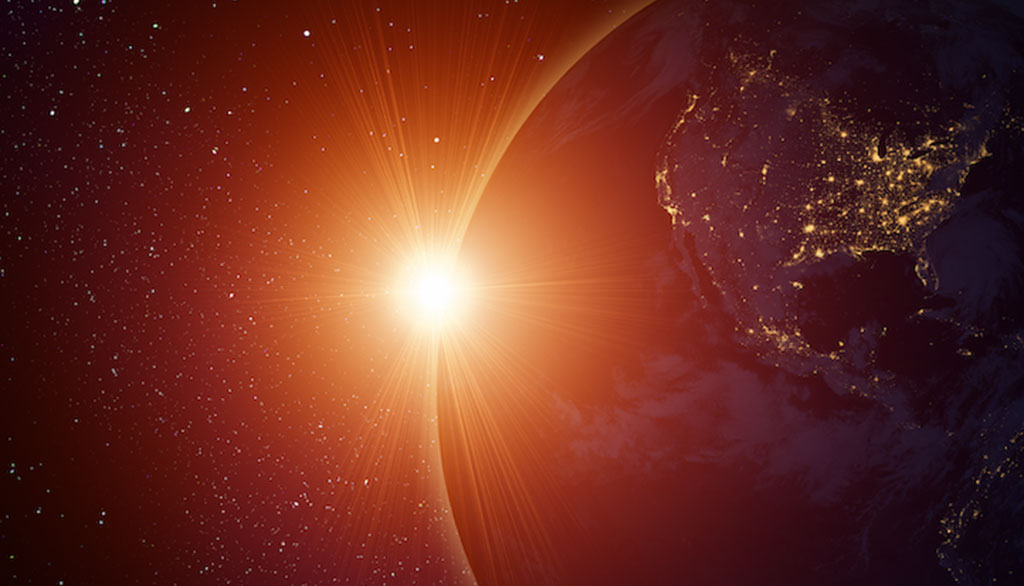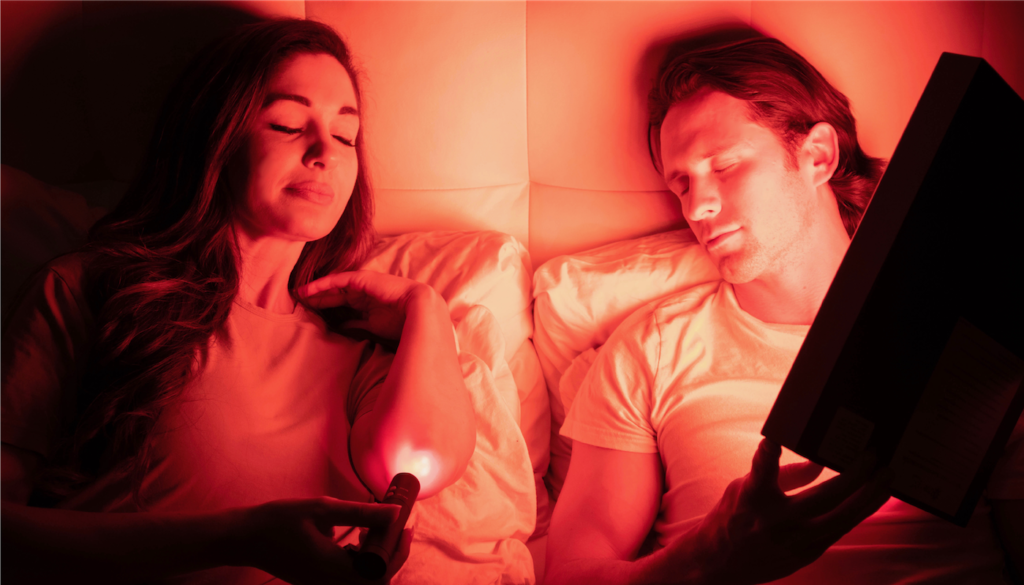Space Day: LED Light Therapy & Blue Blockers Started With Space Exploration

Article at a Glance:
- National Space Day was first created in the 1990s to commemorate all of the achievements associated with space research and exploration, and to encourage youth to take interest in this field.
- Many of today’s most commonly used products and tools were initially created for space exploration — some of which may surprise you!
- Blue light blocking technology and LED light therapy are among the long list of innovations that started in space.
- TrueDark® glasses have expanded upon the initial research around blue light blocking technology; they provide a true 24-hour solution to help support natural circadian rhythms.
- TrueLight® LED light therapy devices use the same “bioactive” technology to power and heal the body — from the surface of the skin all the way down to the bone. And while this technology used to be difficult to come by, not you can use it at your convenience from the comfort of home, or on the go!
What is National Space Day?
Space Day is a cause awareness event (created in 1997) that recognizes the extraordinary achievements, benefits, and opportunities in the exploration and use of space. This observance day aims to promote math, science, technology, and engineering education in young people — to inspire them to pursue a career in science, especially a career in space-related jobs. While we’ve only been exploring space for less than 60 years, we continue to learn so much. And many inventions that we use daily today started with space exploration. Just a few examples include:
- DustBusters
- Water filtration systems
- LASIK
- Wireless headsets
- Memory foam
- Blue light blocking and scratch-resistant lens technology which is typically used in prescription glasses and sunglasses
TrueDark® and TrueLight® products are specially designed, building off from the lessons learned during NASA’s original research and product development.
How Space Exploration Influenced TrueDark® Blue Light Blocking Eyewear
You may remember the original “blue blockers” from the 80s. Astronauts wore these big clunky orange things to protect their eyes from the strong (UV) radiation and toxic blue light. These glasses may have been appropriate for astronauts at the time, but they weren’t really designed to meet today’s demand for on-the-go and screen-lit lifestyles.
Since the launch of the original blue blockers, many studies have shown orange lenses block TOO MUCH (signaling) blue light during the day and NOT ENOUGH blue light at nighttime. The thing is, your body needs different amounts of light throughout the day and NO light at nighttime. So, having daytime and nighttime glasses that block the right amount of the right types of light during an approximate 24-hour period is the most effective way to support your body’s natural circadian rhythms.
TrueDark® glasses incorporate NASA’s research surrounding what we call junk light (or artificial light). They are unique because they provide a true 24-hour solution with daytime and nighttime glasses to help people live in harmony with technology. TrueDark® Daylights™ (daytime glasses) are available with clear or yellow lenses that block 40% and 75% of blue light, respectively. Some of the daytime styles also have transition lenses that literally darken and function as sunglasses when exposed to sunlight outdoors. TrueDark® sleep-hacking glasses, aka Twilights™, use distinct red glasses and proprietary technology to go beyond blocking just blue light, and also block green and violet light to help your body produce more melatonin naturally.

How Space Exploration Influenced TrueLight® LED Light Therapy
When it comes to light and health, blocking junk light is just one side of the equation. NASA’s research has also shown us that emitting certain wavelengths of healthy light can have profound potential health benefits – and a LONG list of them! NASA decided to start using LEDs to promote plant growth in space because they “provide[d] high-energy efficiency and virtually no heat, despite releasing waves of light 10 times brighter than the Sun.” This meant that the astronauts could grow nutritious food efficiently versus eating freeze-dried “space food”. NASA researchers found that red and NIR were the most effective wavelengths – not only for food but also for promoting greater human health. They noticed that these “bioactive” wavelengths helped with muscle atrophy, scar and wound healing, and immune health. Today, there are now thousands of studies illustrating the healing, antioxidant and anti-inflammatory properties of red and NIR light, which have deep penetration levels into the body and can help with things like:
- Blood circulation
- Muscle recovery
- Anti-aging (reduced wrinkles and fine lines)
- Faster wound healing
- Hair growth
- Energy
- Sleep
- And MUCH more…
More recent studies around LED light therapy have also shown that yellow (or amber) light may complement the healing properties of red light and NIR. Yellow light is a bit different from the other two ranges of light because it has a shallow skin penetration. This makes it most effective for skin issues involving redness, such as spider veins or rosacea. Though it is not typically used for tissue healing or collagen/elastin production, yellow light does excel in the assistance of aiding problems such as sun damage. It is often considered to be an ideal therapy solution for sensitive skin with calming and soothing benefits.

TrueLight® LED light therapy devices are unique in that they deliver a patent-pending combination of deep red (660nm), red (630nm), NIR (850nm), and yellow light (580nm) to help you heal your body from the surface of your skin all the way down to the bone. Not only is the technology incredibly powerful, but these devices are also affordable and easily transportable – so you can power your body at home or on the go!
There really is so much that we can learn from all of those who have led research and product development for space exploration! We hope you’ll join us in celebrating Space Day and find gratitude in all of the tools at your disposal because of these great explorers!
